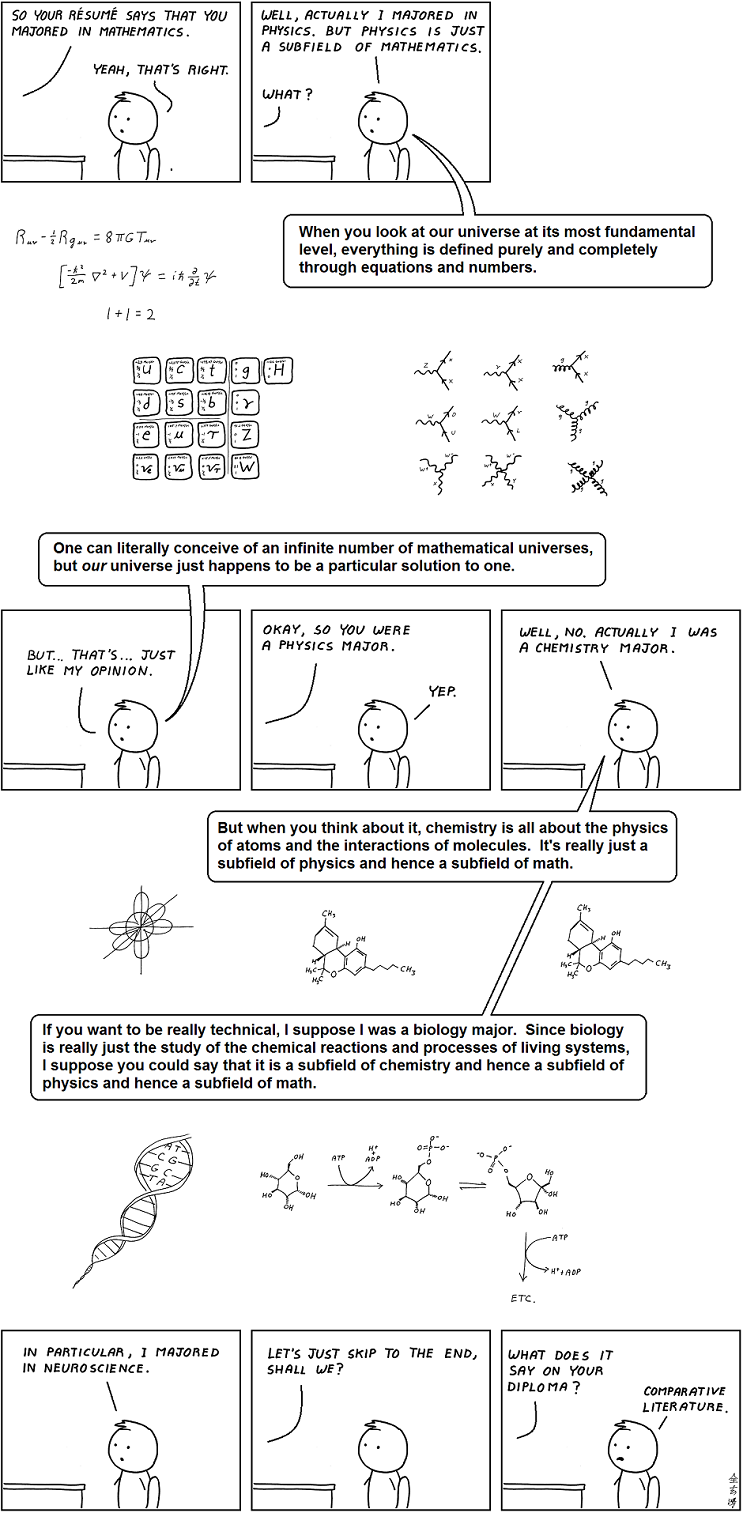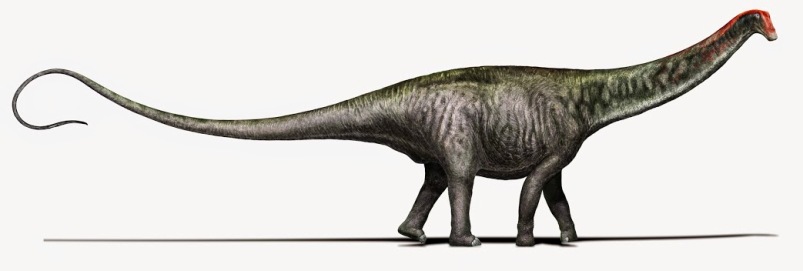 The biggest science story this week was really, really big. Brontosaurus, weighing in at about 16 metric tons, is a taxonomic contender once again, thanks to a 300 page long cladistic analysis in the online journal PeerJ. (Spoiler alert: Yes, the rest of this piece will include puns, jokes and allusions to classic films just as corny as these.)
The biggest science story this week was really, really big. Brontosaurus, weighing in at about 16 metric tons, is a taxonomic contender once again, thanks to a 300 page long cladistic analysis in the online journal PeerJ. (Spoiler alert: Yes, the rest of this piece will include puns, jokes and allusions to classic films just as corny as these.)
Every major and minor news outlet in the world seems to have the story, and it’s no surprise. This is not just a major science story, but also a cultural event of monumental proportions. How do I know that? Simple: even The New Yorker weighed in with a commentary on the paper. That either means the news has very deep resonance for humanity (including New Yorkers), or that The New Yorker is slumming it these days, or a bit of both. You decide.
As pretty much every reporter pointed out, Brontosaurus is an “iconic” dinosaur that lost its wonderful name (“thunder lizard” in Greek) through no fault of its own. The blame can be put squarely on Othniel Marsh, the 19th century dino hunter who—in his greed to discover as many dinosaurs as possible—named one skeleton Apatosaurus in 1877 and then named another, very similar, skeleton Brontosaurus in 1879. Four years after Marsh’s death in 1899, paleontologists decided that they were the same beast and so Brontosaurus lost out thanks to the rules of scientific nomenclature. I don’t need to tell you more because, as a sophisticated, scientifically literate reader of LWON, you will have read at least one if not more of the numerous news stories that relate the tale of the “Bone Wars” in pretty much the same terms. So to refresh yourself on the details, simply click on any of the many, many—no, wait, read MY STORY!
Okay, now that you know this piece is going to be at least partly about me, let’s get shameless. Continue reading →
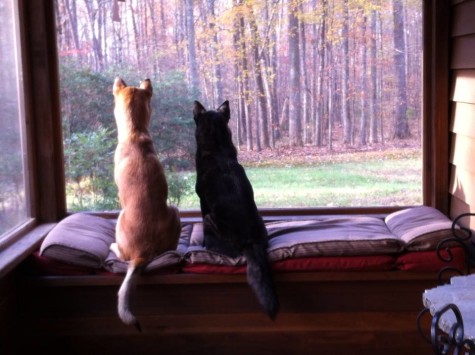 I got to know Jennifer Holland when I started working down the hall from her at National Geographic. My tenure there was brief and deskbound. Jenny, on the other hand, is the kind of writer who travels the world to get up close to adorable nudibranchs and terrifying dragons. Then she puts the words together all nice and makes everything sound pretty. She’s also written a string of bestsellers about animals who are best friends; the first was turned into a series of wall calendars. But what she really likes, I gather, is chilling at home with her dogs (left) and husband (not pictured).
I got to know Jennifer Holland when I started working down the hall from her at National Geographic. My tenure there was brief and deskbound. Jenny, on the other hand, is the kind of writer who travels the world to get up close to adorable nudibranchs and terrifying dragons. Then she puts the words together all nice and makes everything sound pretty. She’s also written a string of bestsellers about animals who are best friends; the first was turned into a series of wall calendars. But what she really likes, I gather, is chilling at home with her dogs (left) and husband (not pictured).
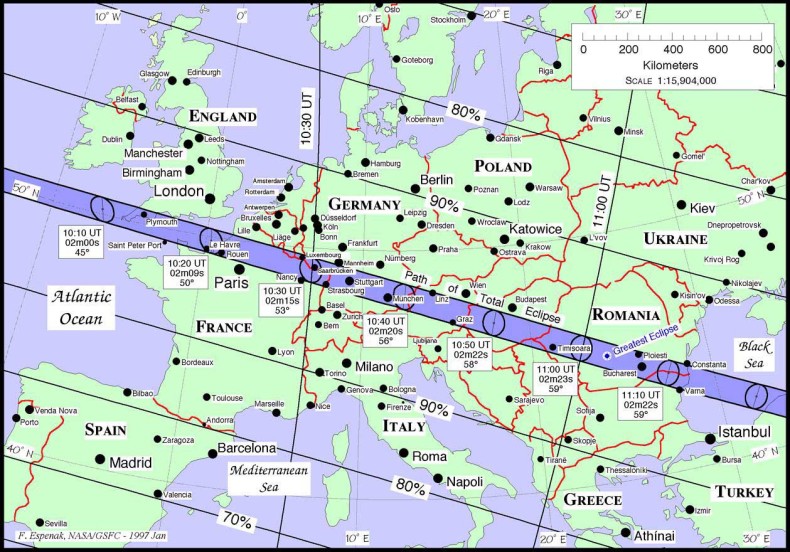
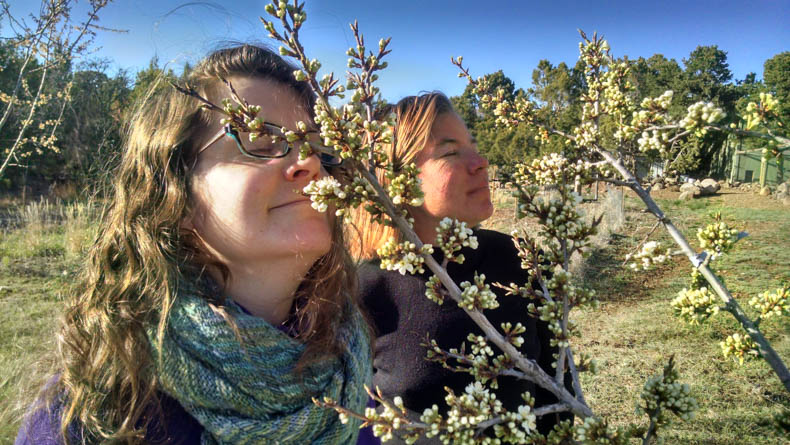
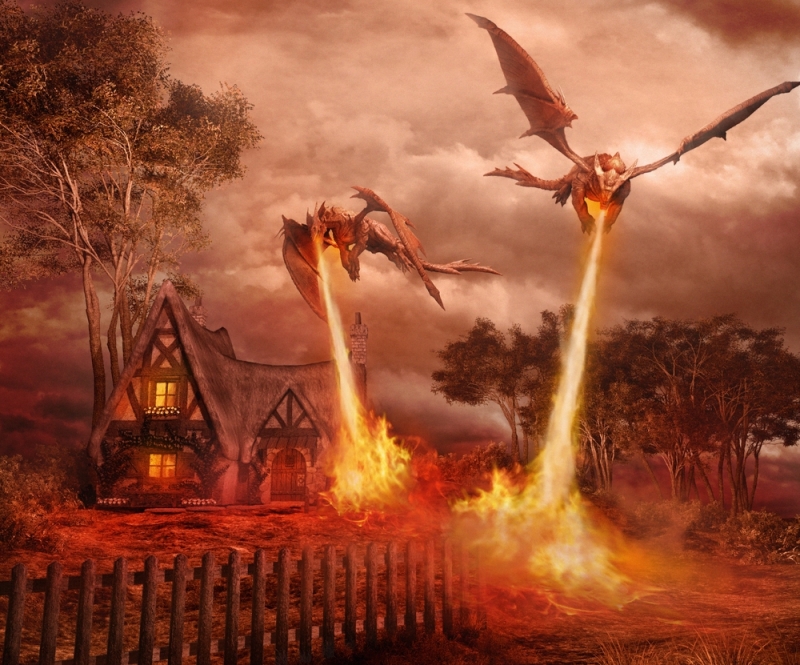
 April 6 – 10
April 6 – 10
